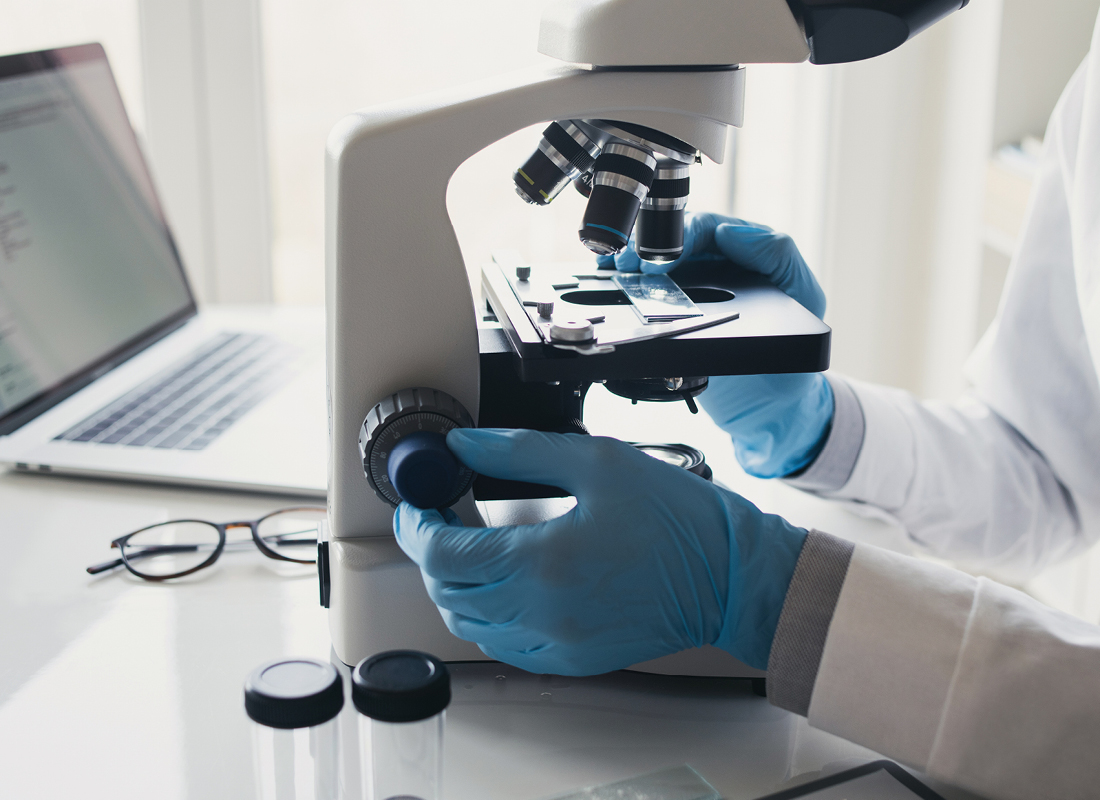Rapid Testing the Linchpin of COVID-19 Contact Tracing Effectiveness
Without rapid testing and results, COVID-19 contact tracing will not work. That is the conclusion of a new study published in The Lancet. Even the most efficient contact tracing strategy will not reduce transmission advancement if testing is delayed by three days after a person develops symptoms, according to the July study. The Diagnostic Challenge Currently, it is believed that about 40% of COVID-19 transmissions are from people who are asymptomatic. Contact tracing, in combination with quarantining and testing, is considered critical to preventing transmission now that stay-at-home orders are being lifted. Explanation: To contain COVID-19 and other diseases transmitted via human contact, people need to be monitored and their contacts recorded so that once an individual is confirmed to have the illness, public health officials can immediately notify those who have recently had contact with the infected person and advise them to get tested. Then, if they test positive, word can go out to their contacts, etc. That is what contact tracing is all about. And technology like mobile apps that automatically alert people who have been in the proximity of an infected person make it eminently workable. The Study To be successful, contact tracing must keep the rate […]

Without rapid testing and results, COVID-19 contact tracing will not work. That is the conclusion of a new study published in The Lancet. Even the most efficient contact tracing strategy will not reduce transmission advancement if testing is delayed by three days after a person develops symptoms, according to the July study.
The Diagnostic Challenge
Currently, it is believed that about 40% of COVID-19 transmissions are from people who are asymptomatic. Contact tracing, in combination with quarantining and testing, is considered critical to preventing transmission now that stay-at-home orders are being lifted.
Explanation: To contain COVID-19 and other diseases transmitted via human contact, people need to be monitored and their contacts recorded so that once an individual is confirmed to have the illness, public health officials can immediately notify those who have recently had contact with the infected person and advise them to get tested. Then, if they test positive, word can go out to their contacts, etc. That is what contact tracing is all about. And technology like mobile apps that automatically alert people who have been in the proximity of an infected person make it eminently workable.
The Study
To be successful, contact tracing must keep the rate of transmission, known as the reproduction or R number, below 1, i.e., on average, the number of people who will be infected by a single infected person must be less than one. However, conventional contact tracing for COVID-19 will keep the R number below 1 only if people with COVID-19 receive a positive test result on the same day they develop symptoms, the authors of the study conducted by researchers at Utrecht University (Netherlands) Universidade de Lisboa (Portugal) and the University of Liverpool (UK). Its purpose was to evaluate various strategies for identifying people who have been infected and containing the spread of the coronavirus to help inform policy as countries reopen their economies.
Researchers considered:
- The time of onset of infection;
- Tracing of close and casual contacts;
- Testing, isolation for cases that were positive; and
- Reproduction numbers for contact tracing strategies.
The authors used mathematical modeling to examine scenarios around transmission, contact tracing, timing of testing, and isolation of people who have been infected. The model showed that shortening the time between symptom onset and a positive test result, assuming immediate isolation, is the most important factor for improving contact tracing effectiveness. The researchers also noted that apps for contact tracing are more effective than conventional tracing due to speed.
The mathematical model reflected the various steps and delays in the contact tracing process and enabled quantifying how such delays affect the R number and the fraction of onward transmission cases that can be prevented for each diagnosed person.
The Findings
The researchers assumed that approximately 40 percent of virus transmission occurs before a person develops symptoms. They found that, in the absence of any strategies to mitigate transmission, each infected person will transmit the virus to an average of 2.5 people. Introducing physical distancing alone, and assuming that close contacts are reduced by 40 percent and casual contacts by 70 percent, will reduce the reproduction number to 1.2.
In the best-case scenario, the model predicted that contact tracing could reduce the number of people catching the virus from an infected person from 1.2 to 0.8. However, for that to work:
- At least 80 percent of eligible people must be tested;
- There can be no delays in testing after the onset of symptoms; and
- At least 80 percent of contacts must be identified on the day the test results are received.
Takeaway
Testing, testing, testing. What location is to real estate, testing is to contact tracing. “As many infectious people as possible must be tested, and policymakers might consider lowering the eligibility threshold for access to testing,” noted Marc Bonten, one of the study’s lead authors and a professor at the University of Utrecht. Testing that volume of potentially infectious people will lead to a large proportion of negative test results, and “future studies should focus on identifying the optimal balance between the proportion of negative tests and the effectiveness of contact tracing,” Bonten added.
The researchers also advised that methods of contact tracing should be reviewed and streamlined. Mobile apps can speed up the process of tracking down people who are potentially infected, they noted, but they depend on the willingness of the population to participate and set aside their personal privacy concerns.
Subscribe to Clinical Diagnostics Insider to view
Start a Free Trial for immediate access to this article